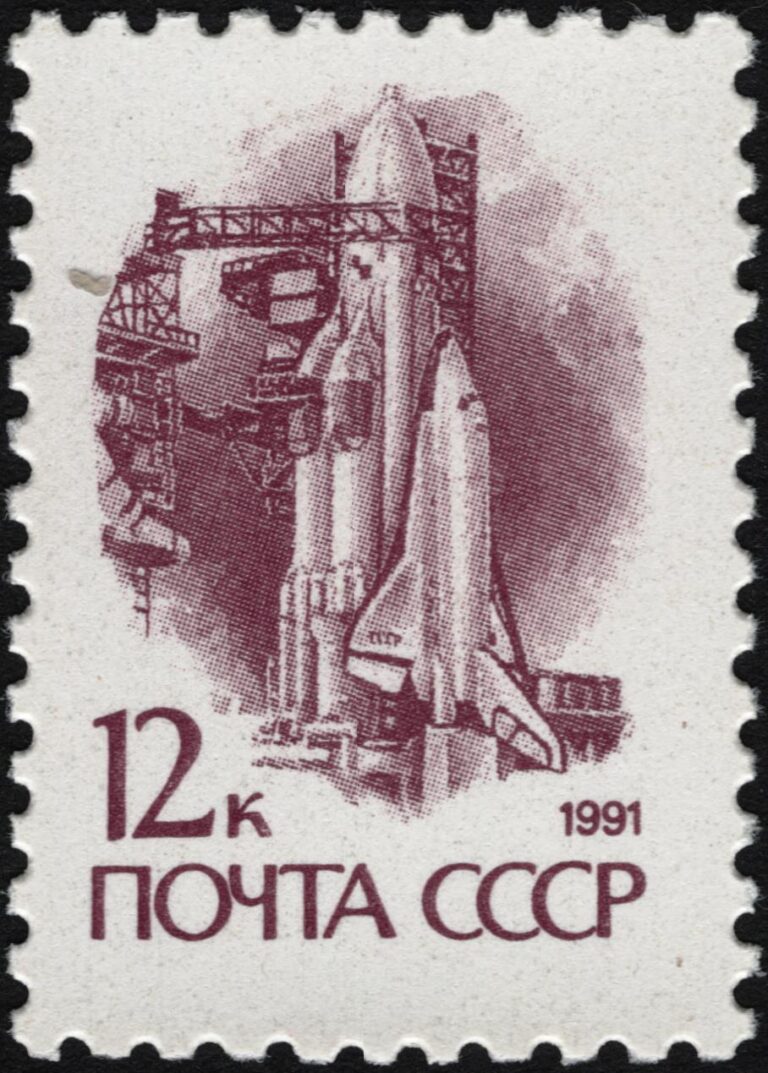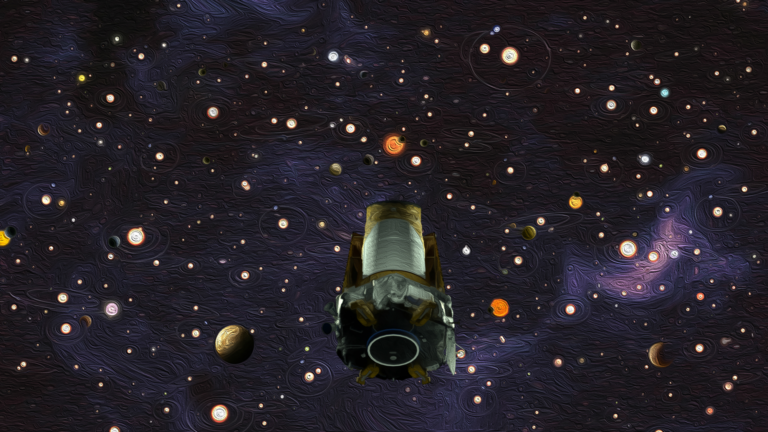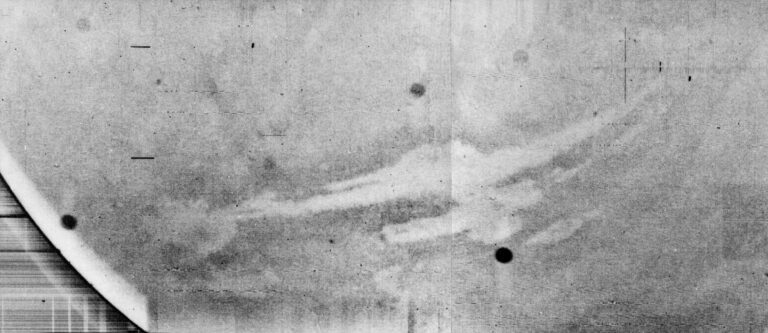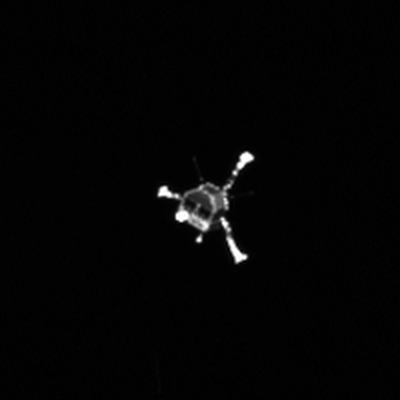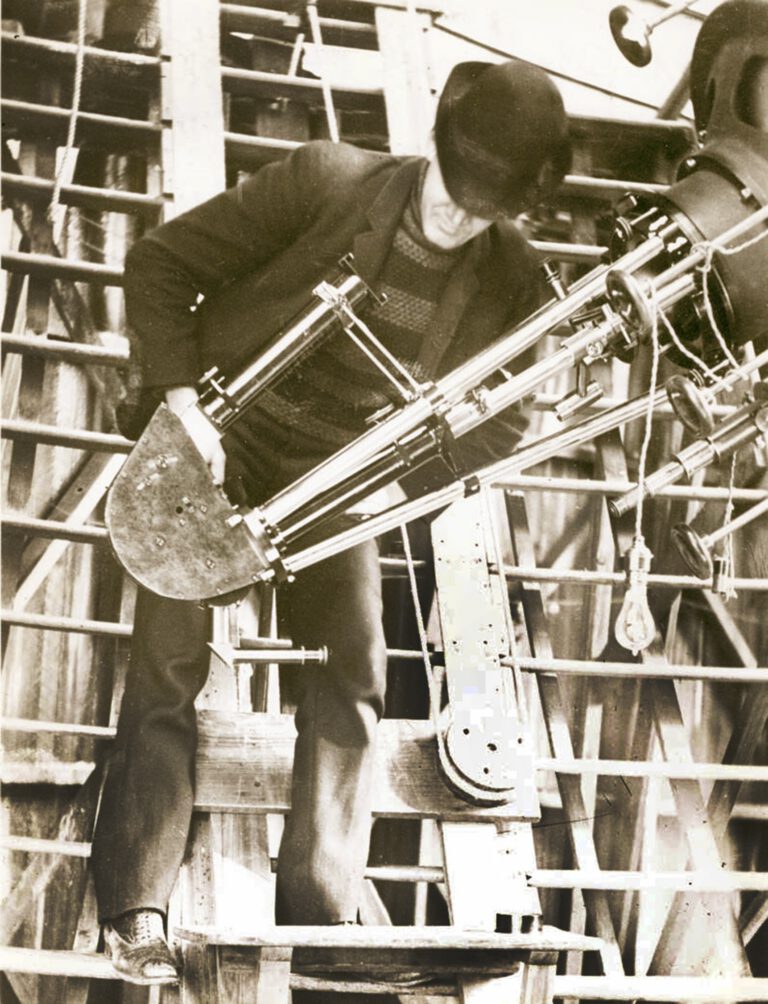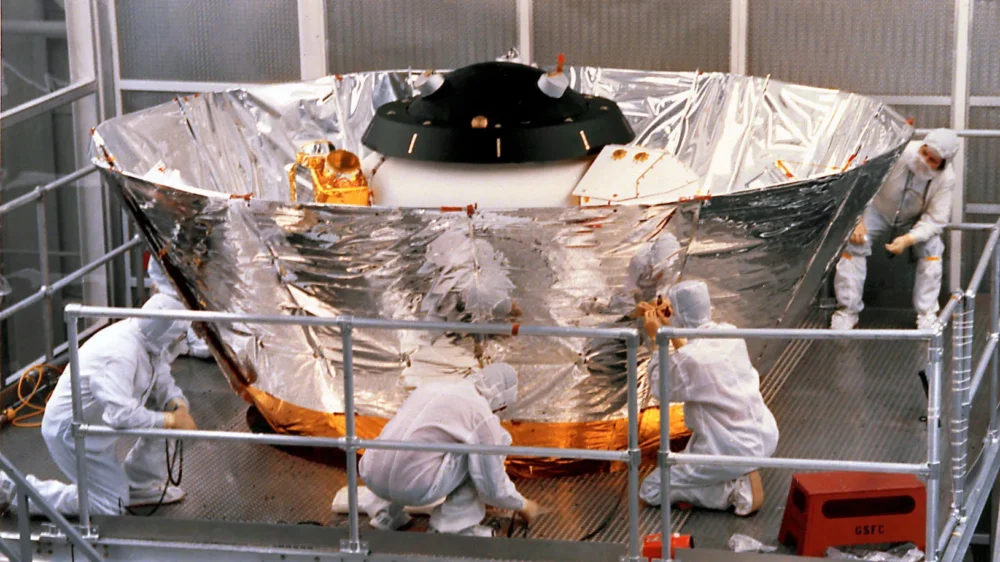
Key Takeaways:
- The cosmic microwave background (CMB) radiation is described as an imperceptible universal glow, representing the 13.8-billion-year-old remnant signature of the cosmos's primordial hot, dense origin.
- Missions including COBE, WMAP, and Planck have utilized CMB data to illustrate the evolution of the universe from a surprisingly simple early state to its current complex structure.
- The Cosmic Background Explorer (COBE) established the CMB's specific intensity curve, revealing a uniform sky temperature of 2.725 K with the strongest signal at a 2 mm wavelength.
- COBE further detected minute temperature anisotropies, approximately 0.00001 K, within this uniform glow, providing concrete evidence for the Big Bang and implying early cosmic homogeneity.
A glow undetectable to the human eye permeates the universe. This light is the remnant signature of the cosmic beginning — a dense, hot fireball that burst forth and created all mass, energy, and time. The primordial cosmic microwave background (CMB) radiation has since traveled some 13.8 billion years through the expanding cosmos to our telescopes on Earth and above it.
Extracting clues from the CMB has taken multiple generations of telescopes on the ground, lofted into the atmosphere, and launched into space. Specifically, three satellites — COBE, WMAP, and Planck — revealed that our current cosmos, which is complex and filled with clusters of galaxies, stars, planets, and black holes, evolved from a surprisingly simple early universe.
The Cosmic Background Explorer (COBE) launched on Nov. 18, 1989. One of its instruments measured the intensity of the microwave glow at wavelengths ranging from 0.1 to 10 millimeters across the entire sky. The COBE science team’s first announcement, in 1990, was the result of that measurement. The radiation’s intensity plotted by wavelength makes it obvious that the CMB has a very specific intensity curve, where the strongest signal is at 2 mm. That wavelength corresponds to a temperature of 2.725 K. (The wavelength of light, and thus how much energy that light carries, is directly related to its temperature; redder light has less energy and a lower temperature than bluer light.)
COBE’s other instrument broke apart the seemingly uniform 2.725 K glow into more detail, looking for spots where the temperature is warmer or colder than average. It turned out there is a difference of only a tiny fraction of a degree, about 0.00001 K, between hotter and colder spots.
This nearly identical cosmic glow with exactly the right temperature was concrete evidence that the entire sky — the entire observable universe — began in a Big Bang. With such tiny temperature differences across vast regions of sky, those spots must have been in contact at early times. COBE leaders John Mather and George Smoot won the 2006 Nobel Prize in Physics for their work.



